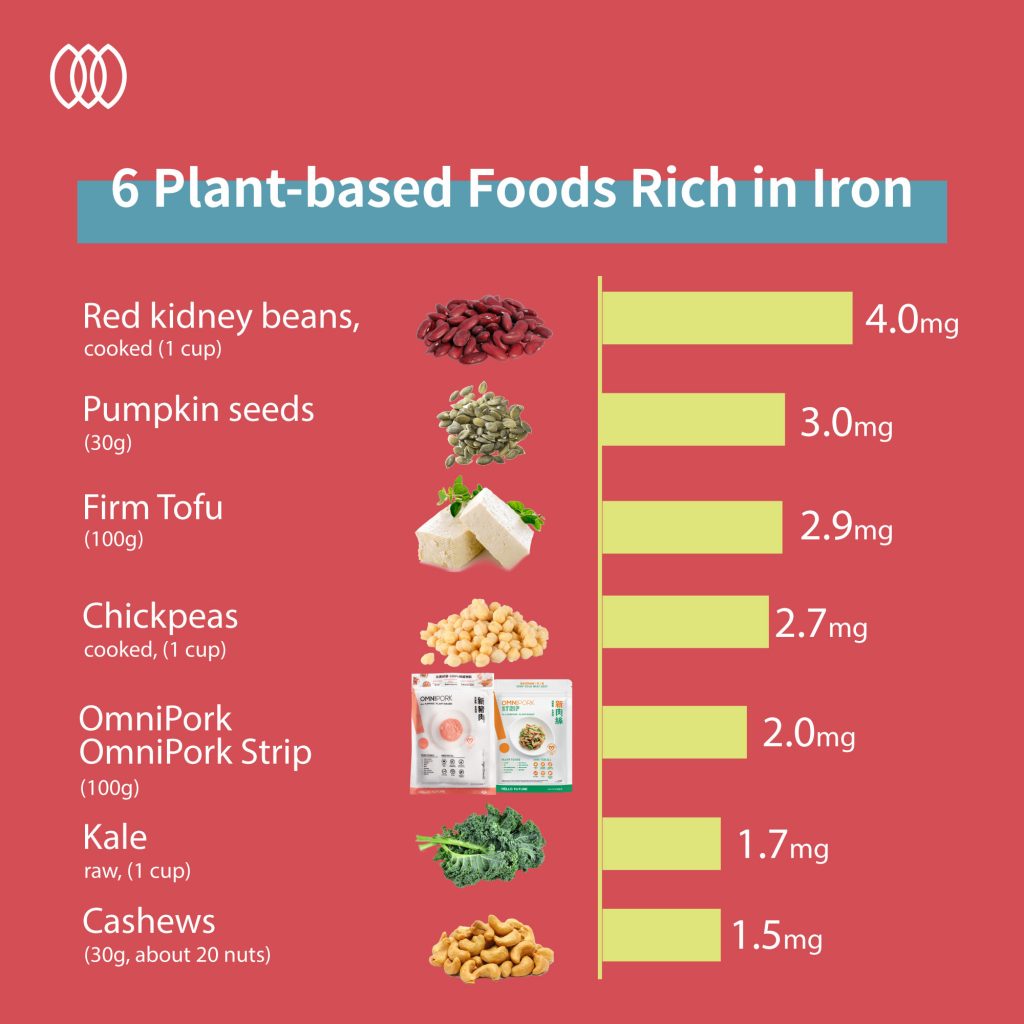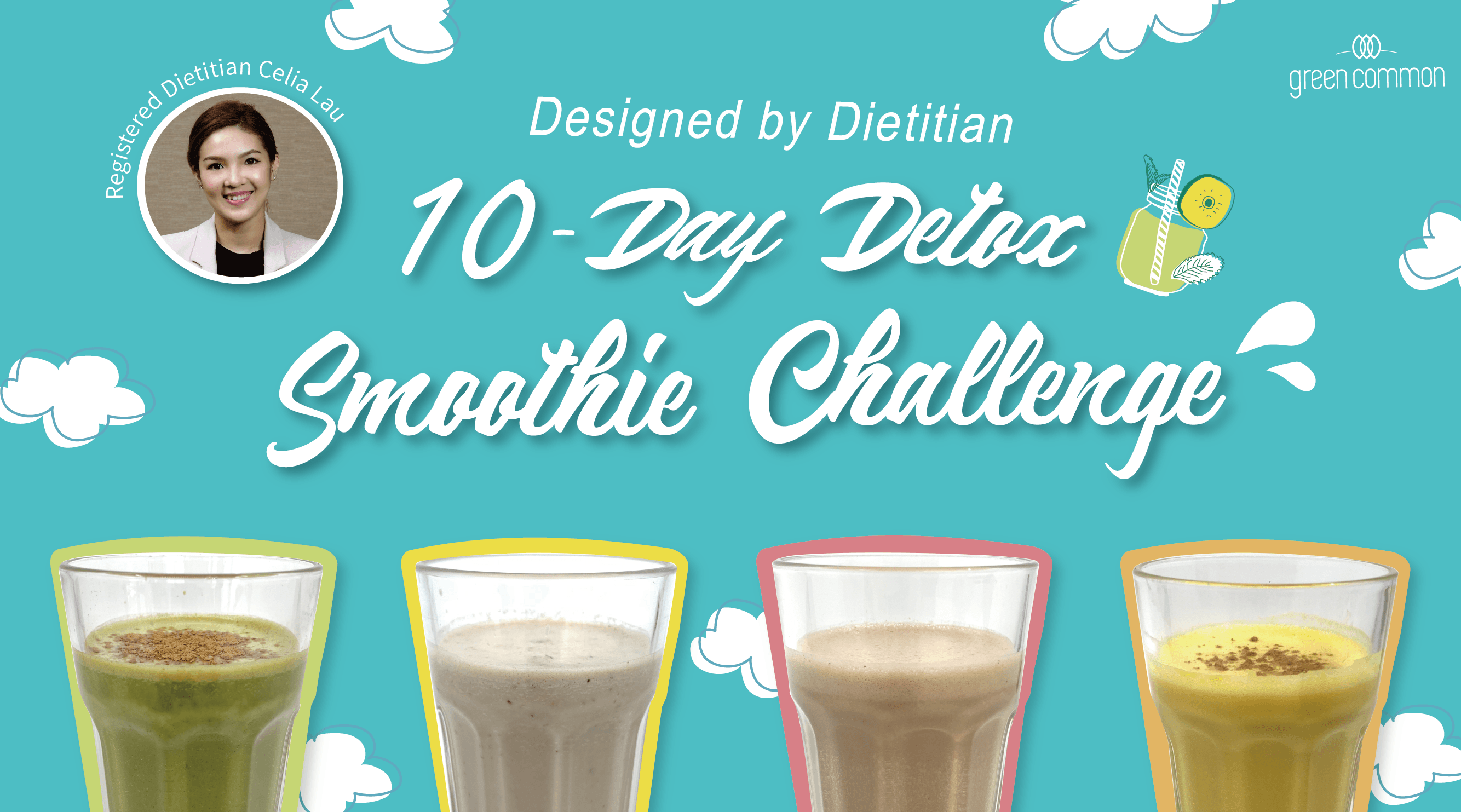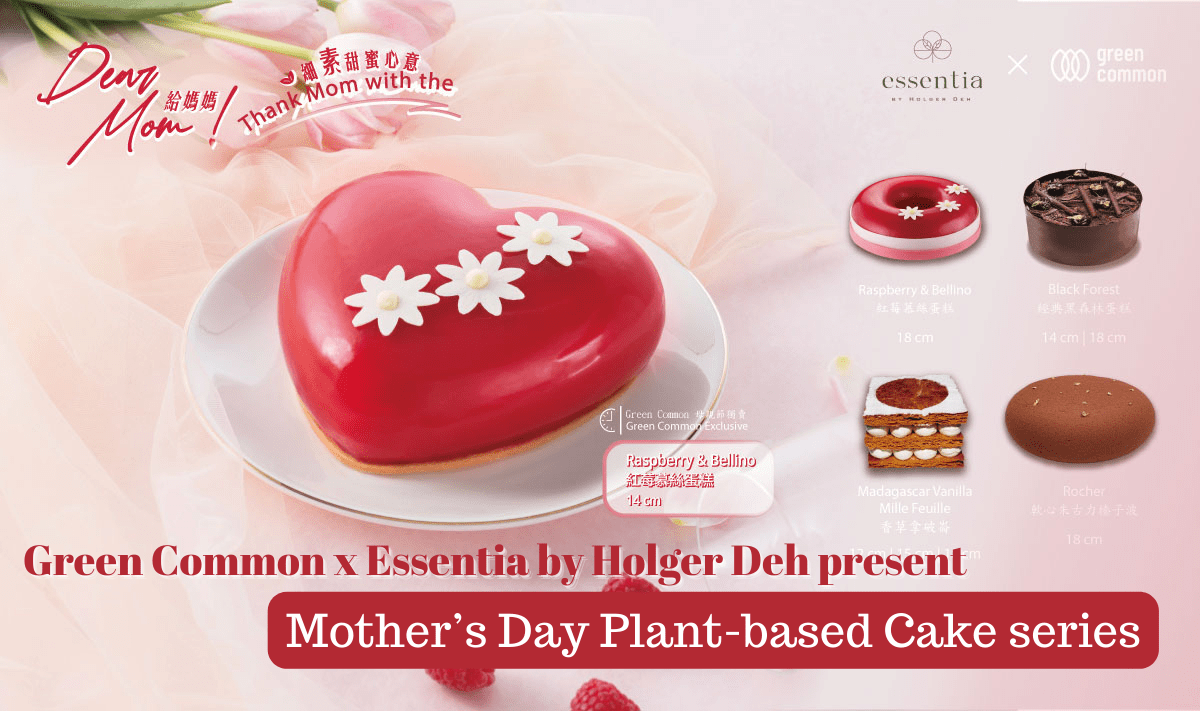
Previously in Plant-based 101, we’ve been discussing how vegans could obtain vitamin B12, one of the highlighted nutrients in a plant-based diet, while maintaining a wide food variety. In this article, we’ll be focusing on iron, an essential nutrient for blood production, which many people mistakenly believe animal foods are the main source of it. Some might be under the impression that iron from plant sources is less and inferior to that from animal sources, and therefore, vegans might be prone to developing iron-deficiency anemia. The truth is that vegans can actually get all the iron they need from foods as there are lots of iron-rich plant-based foods.
Is red meat the main source of iron?
Speaking of food sources of iron, red meat may be the one that first pops up in your mind. Before getting into dietary iron sources, we should first be familiar with the two forms of iron in foods – heme iron and non-heme iron. Heme iron is found only in meat, poultry, seafood and fish, whereas non-heme iron is found in plant-based foods such as grains, beans, vegetables, fruit, nuts and seeds. Although red meat is known to be rich in iron, consuming large amounts of meat will increase the risk of colorectal cancer. Therefore, it is not recommended to merely rely on meat consumption for iron intake. In fact, there are many iron-rich plant-based foods choices. It’s all about the food choices and the consumed amount that determines whether you can have adequate iron intake.
Recommended daily iron intake:
- Male aged 18 or above: 12mg
- Female aged 18-49: 20mg; Aged 50 or above: 12mg
- Pregnant 1-12 weeks: 20mg; 13-27 weeks and lactating: 24mg; 28 weeks and beyond: 29mg
*Reference: Chinese Dietary Reference Intakes (2018)
Ways to Boost Iron Intake in a Plant-based Diet
It’s true that non-heme iron in plant-based foods is more difficult to be absorbed by our body. Don’t worry! Here are the tips to increase iron absorption:
1. Avoid drinking coffee and tea with meal
Coffee and most tea (e.g. black tea and green tea) contain a type of substance called tannins which will inhibit iron absorption. They should be drunk at least 2 hours after a meal. Alternatives to coffee and traditional tea would be pure floral tea and herbal tea.
2. Pairing high-iron foods with vitamin C
Vitamin C can enhance your body’s ability to absorb iron, so pairing high-iron foods with vitamin C-rich foods and drinks is a good idea. For example, adding bell peppers, broccoli and tomatoes into legume dishes; having a vitamin C-rich fruit, such as orange and kiwi, or pure juice with meals.
3. Choosing iron-containing snacks
Don’t miss any chance to consume iron from foods! Switch your candies and potato chips to the iron-containing nuts, seeds, dried fruits and other iron-fortified foods as snacks.
Enter eShop: https://bit.ly/3o8F4YM















